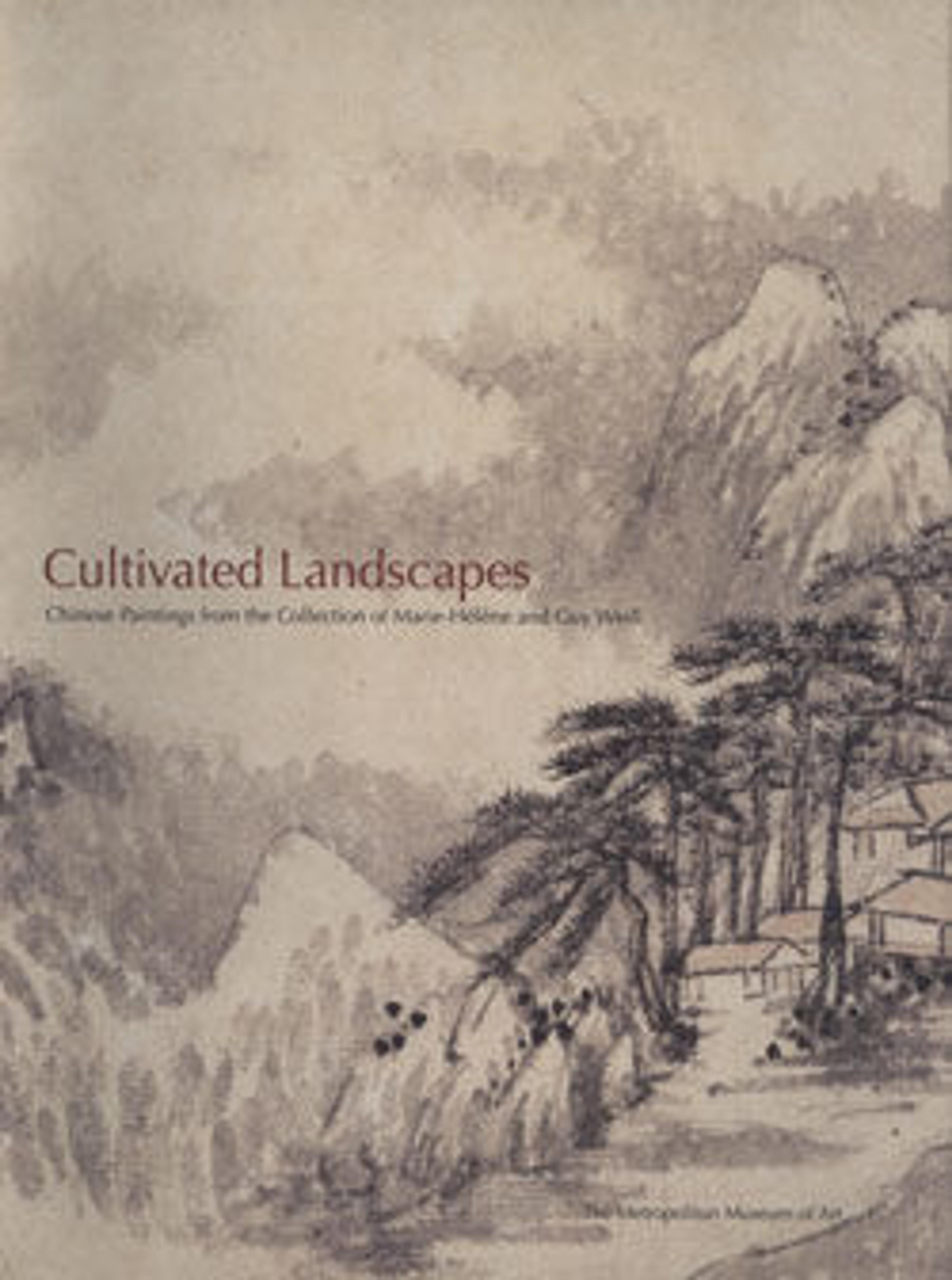Boating beneath Echo Hill
Mei Qing was born into a prominent family in Xuancheng, Anhui Province. Following the family tradition of scholarship, Mei passed the provincial (jüren) civil-service examination in 1654 and traveled to the capital to sit for the capital (jinshi) examination, which he took and failed four times, before giving up in 1667. Mei returned home and became involved in local scholarly pursuits and participated in a poetry and painting society to which the painter Shitao (1642–1707) also belonged.
This painting commemorates an outing that Mei and family members and friends made to Echo Hill (Xiangshan). Mei and some of the participants inscribed poems on the painting to further celebrate the occasion. Although the name of the recipient has been effaced, two seals belonging to Zheng Min (1633–1683), a noted painter from the Yellow Mountain region of Anhui, suggest that it may have been intended for him.
Throughout his career, Mei drew inspiration from actual topographic features. Here, he emphasizes Echo Hill’s precipitous cliff face overhanging the river. Although a relatively early work, the painting exhibits the hallmarks of Mei’s eccentric style: an unbalanced composition animated by the powerful thrusting shape of the cliff and an interest in contrasting ink tones and textures, as seen in the way the dry-brush contour lines of the landscape are set off by the delicate blades of grass and dark ink foliage dots.
This painting commemorates an outing that Mei and family members and friends made to Echo Hill (Xiangshan). Mei and some of the participants inscribed poems on the painting to further celebrate the occasion. Although the name of the recipient has been effaced, two seals belonging to Zheng Min (1633–1683), a noted painter from the Yellow Mountain region of Anhui, suggest that it may have been intended for him.
Throughout his career, Mei drew inspiration from actual topographic features. Here, he emphasizes Echo Hill’s precipitous cliff face overhanging the river. Although a relatively early work, the painting exhibits the hallmarks of Mei’s eccentric style: an unbalanced composition animated by the powerful thrusting shape of the cliff and an interest in contrasting ink tones and textures, as seen in the way the dry-brush contour lines of the landscape are set off by the delicate blades of grass and dark ink foliage dots.
Artwork Details
- 清 梅清 響山泛舟圖 軸
- Title:Boating beneath Echo Hill
- Artist:Mei Qing (Chinese, 1623–1697)
- Period:Qing dynasty (1644–1911)
- Date:datable to 1673
- Culture:China
- Medium:Hanging scroll; ink on paper
- Dimensions:Image: 53 in. × 23 1/4 in. (134.6 × 59.1 cm)
Overall with mounting: 9 ft. 5 1/2 in. × 32 1/4 in. (288.3 × 81.9 cm)
Overall with knobs: 9 ft. 5 1/2 in. × 36 1/4 in. (288.3 × 92.1 cm) - Classification:Paintings
- Credit Line:Gift of Cécile and Sandy Mactaggart, 2002
- Object Number:2002.208.1
- Curatorial Department: Asian Art
More Artwork
Research Resources
The Met provides unparalleled resources for research and welcomes an international community of students and scholars. The Met's Open Access API is where creators and researchers can connect to the The Met collection. Open Access data and public domain images are available for unrestricted commercial and noncommercial use without permission or fee.
To request images under copyright and other restrictions, please use this Image Request form.
Feedback
We continue to research and examine historical and cultural context for objects in The Met collection. If you have comments or questions about this object record, please contact us using the form below. The Museum looks forward to receiving your comments.
